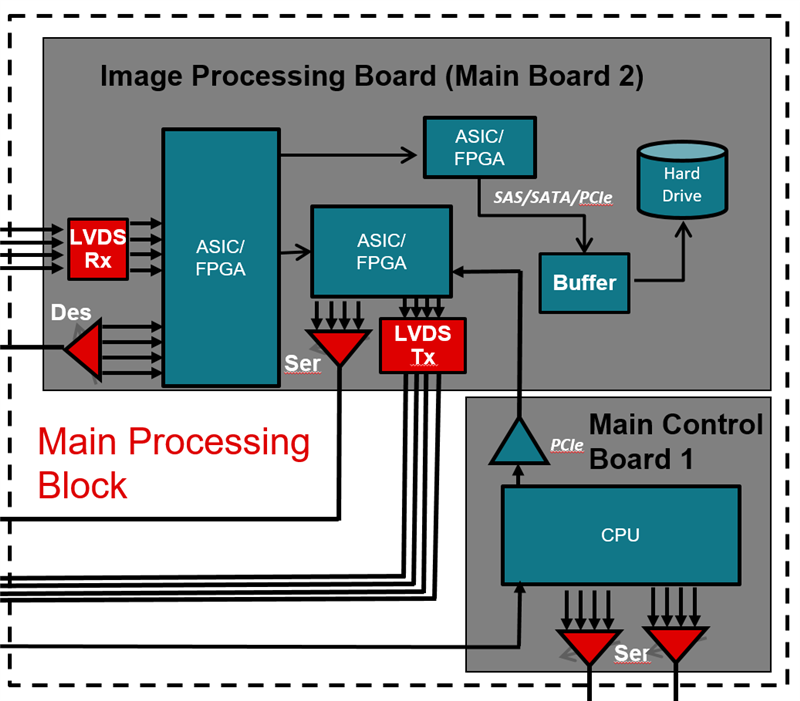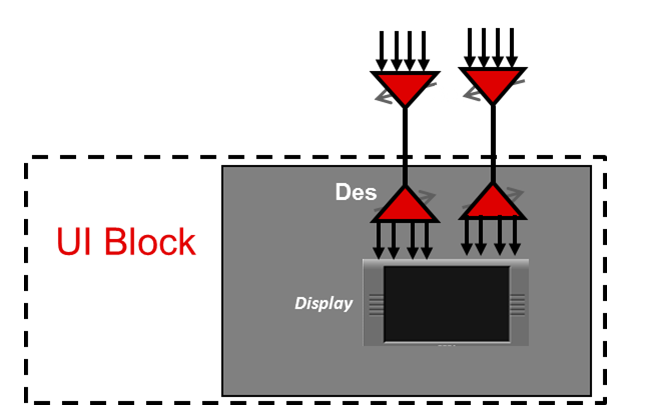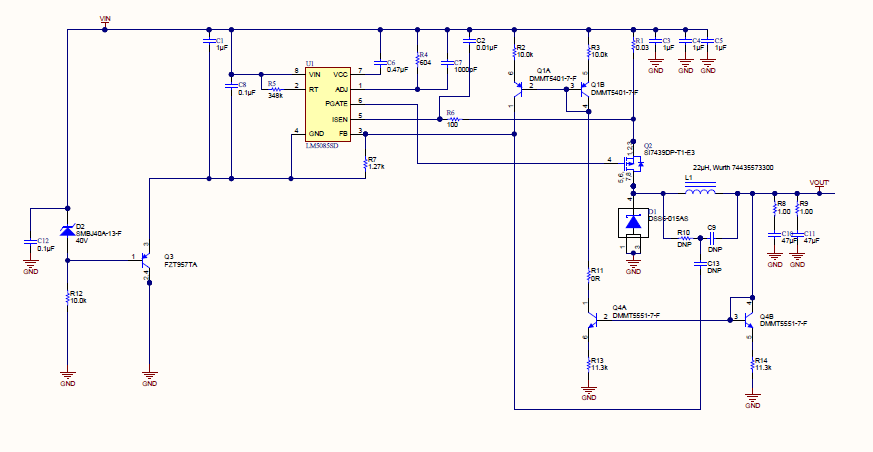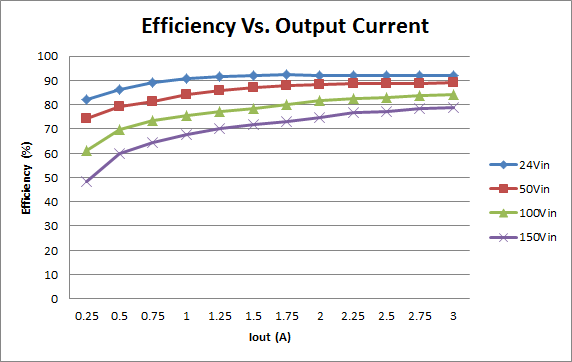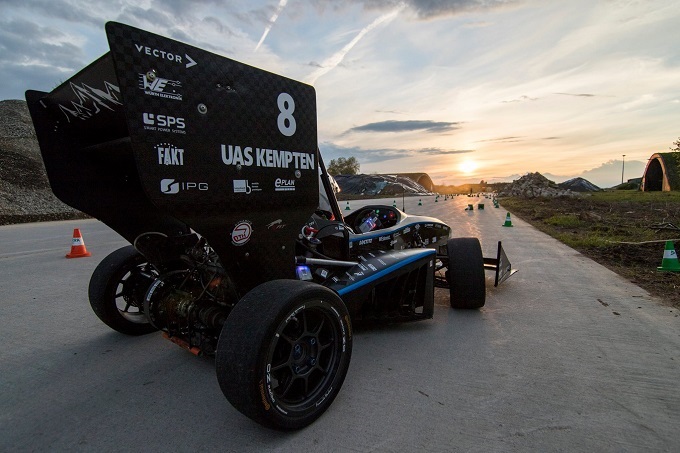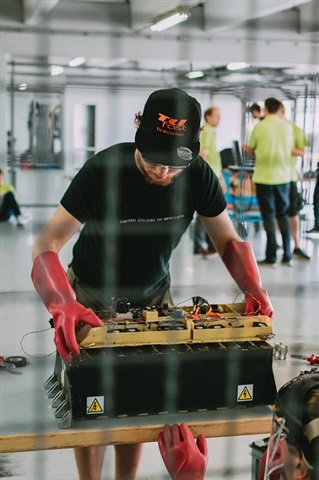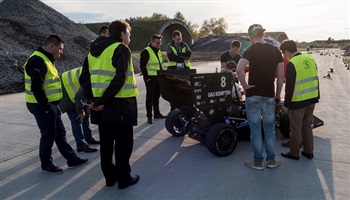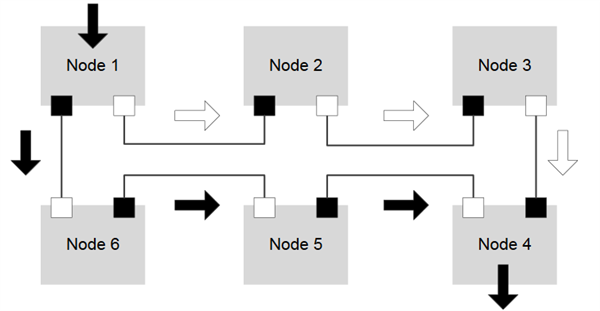STEM skills are survival skills for students today. That’s why we are committed to improving STEM education by arming teachers and students with the resources they need to succeed.
TI and the TI Foundation have committed $6.2 million in 2017 to improve K-12 science, technology, engineering and math (STEM) education across the United States. Here are four examples of how our philanthropic investments drive STEM education:
1. Funding Advanced Placement® Strategies programs in North Texas and California’s Bay Area
The TI Foundation continues to invest in the National Math and Science Initiative (NMSI) Advanced Placement (AP) Strategies program in three North Texas school districts, and it recently expanded its investment to two districts in California’s Bay Area. The aim is to expand access to rigorous STEM coursework, especially among traditionally under-represented students in STEM. Students who master AP coursework are three times more likely to graduate from college[i]. That’s a statistic we can get behind.
2. $5.3 million – 85 percent of our grant funding – is going toward STEM teacher effectiveness and retention
Teachers are our best STEM champions, and the work they do is essential to challenging young minds. That’s why 85 percent of our 2017 grants, $5.3 million, will go toward recruiting, developing and retaining top teachers. The number of U.S. jobs in STEM is growing an estimated three times faster than non-STEM jobs, with a projected 9 million STEM jobs needing to be filled by 2022[ii]. Teachers will play a key role in shifting attitudes and achievements in STEM, and we are helping them reduce the STEM skills gap.
3. Funding a new TI Innovation Center for students to receive hands-on STEM experience
The TI Innovation Center will be a stand-alone building located at the Girl Scouts of Northeast Texas STEM Center of Excellence south of Dallas. Scheduled for completion in the spring of 2018, the center will offer STEM programs to 24,000 students over the next two years. The center will also be the home of Girl Scouts robotics teams and small groups that need a safe working space for ongoing projects. An outdoor space will be used by Girl Scouts, students, volunteers, parents and staff members to gather and celebrate STEM accomplishments. Additionally, students from area school districts will be able to utilize the camp for field trips, thus broadening the reach of the program.
 4. Helping students apply their passion and improve their chances of STEM success with robotics competitions
4. Helping students apply their passion and improve their chances of STEM success with robotics competitions
Research[iii] shows that students involved in robotics are:
- More likely to take challenging math and science courses
- More interested in engineering majors
- More likely to pursue STEM careers
That’s why we expanded our investments in 2017 to middle school and high school robotics competitions, which is a proven way to increase STEM engagement among participating students. Robotics mentorship and volunteerism isn’t just for engineers, and it’s a great way to make a difference in STEM one robotics team at a time. Explore how you can get involved in a robotics program.
 Our commitment to education dates to our company’s inception and remains our highest priority for employee volunteerism and giving. For more information, read about our:
Our commitment to education dates to our company’s inception and remains our highest priority for employee volunteerism and giving. For more information, read about our:
[i] Based on data from the College Board
[ii] Bureau of Labor Statistics, Occupational Outlook Quarterly, STEM 101: Intro to tomorrow’s jobs.
[iii] FIRST Longitudinal Study: Findings at 36 Month Follow-Up (Year 4 Report)

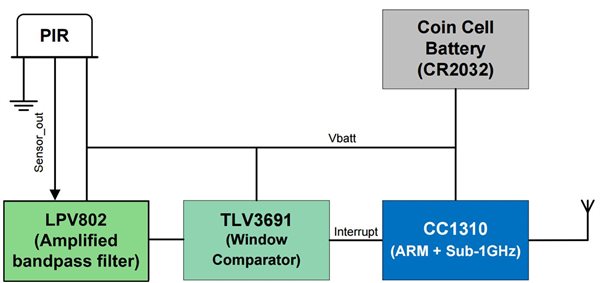
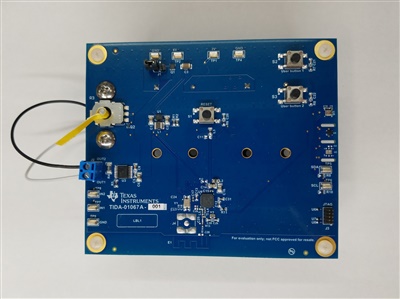






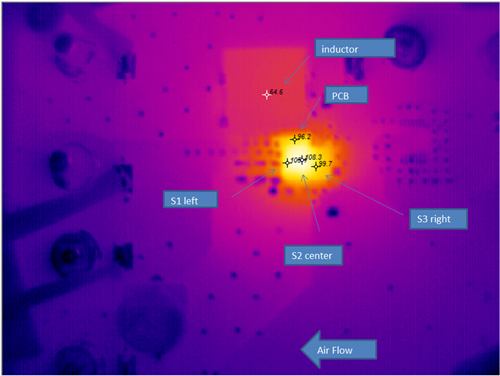
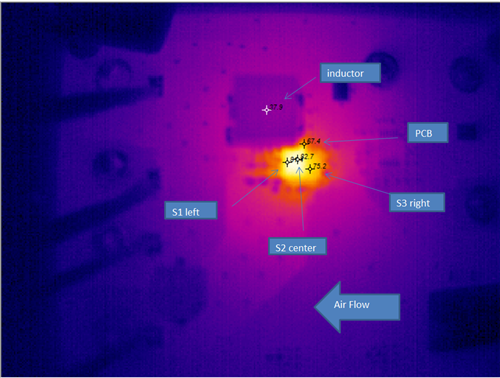
 Our student interns are creative and driven, so when a group of them were challenged to develop innovative designs, three applied smart features to a table game that’s a fixture in many college dorms.
Our student interns are creative and driven, so when a group of them were challenged to develop innovative designs, three applied smart features to a table game that’s a fixture in many college dorms.








